-
 bitcoin
bitcoin $107015.826941 USD
-2.18% -
 ethereum
ethereum $3637.352324 USD
-5.18% -
 tether
tether $0.999831 USD
-0.02% -
 xrp
xrp $2.338078 USD
-6.23% -
 bnb
bnb $998.272150 USD
-6.97% -
 solana
solana $167.598257 USD
-10.12% -
 usd-coin
usd-coin $0.999863 USD
0.01% -
 tron
tron $0.282573 USD
-5.09% -
 dogecoin
dogecoin $0.169891 USD
-7.39% -
 cardano
cardano $0.557554 USD
-7.03% -
 hyperliquid
hyperliquid $39.914802 USD
-5.85% -
 chainlink
chainlink $15.414549 USD
-9.97% -
 bitcoin-cash
bitcoin-cash $510.361911 USD
-4.26% -
 ethena-usde
ethena-usde $0.999194 USD
-0.03% -
 stellar
stellar $0.282092 USD
-6.07%
How to find my Phantom wallet address?
Phantom Wallet is a non-custodial Solana wallet for storing SOL, SPL tokens, and NFTs—users can easily locate their 44-character wallet address via desktop or mobile to receive funds or connect to dApps.
Jul 02, 2025 at 02:01 pm
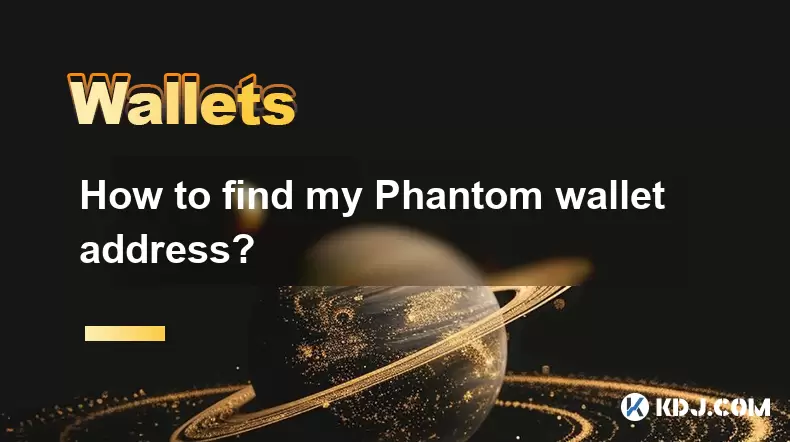
Understanding Phantom Wallet and Its Importance
Phantom wallet is a popular non-custodial cryptocurrency wallet primarily used for interacting with the Solana blockchain. It allows users to store, send, and receive SOL tokens and other Solana-based assets such as SPL tokens and NFTs. One of the most essential functions within this wallet is locating your wallet address, which is necessary for receiving funds or connecting to decentralized applications (dApps). Before proceeding, ensure that you have already installed the Phantom browser extension or mobile app and completed the setup process.
Accessing Your Phantom Wallet Address on Desktop
To locate your wallet address on the desktop version of Phantom, follow these detailed steps:
- Open your preferred browser where the Phantom extension has been installed.
- Click on the Phantom icon in the top-right corner of your browser.
- If not already logged in, enter your password to access your wallet dashboard.
- Once inside, you will see your wallet balance displayed prominently.
- To view your wallet address, click on the account name or avatar located near the top left of the popup window.
- A dropdown menu will appear, displaying your public wallet address directly below your account name.
You can also copy the address by clicking the copy icon next to it. This is especially useful when sharing your address with others or pasting it into dApp interfaces.
Locating Your Phantom Wallet Address on Mobile
For users who prefer using the Phantom mobile application, the process of finding your wallet address is slightly different but just as straightforward:
- Launch the Phantom app from your smartphone’s home screen.
- Enter your passcode or biometric authentication to unlock the app.
- On the main screen, you will see your SOL balance along with a section labeled “Receive.”
- Tap on the “Receive” button to open the receiving interface.
- Here, you will see a QR code and beneath it, your wallet address displayed clearly.
- You can tap the copy icon next to the address to save it to your clipboard.
This feature ensures that whether you're sending or receiving funds via mobile, you always have easy access to your wallet address without needing to switch devices.
Using Your Wallet Address in Transactions and dApps
Once you’ve successfully retrieved your Phantom wallet address, you may want to use it for various purposes such as:
- Receiving SOL or SPL tokens from another wallet or exchange.
- Connecting to Solana-based decentralized applications (dApps) like Serum, Raydium, or Metaplex.
- Participating in NFT mints or drops, where providing your wallet address is mandatory.
- Checking your transaction history or token balances via blockchain explorers like Solscan or Solana.fm.
When entering your wallet address into external platforms, always double-check for accuracy to avoid sending funds to the wrong destination. Since transactions on the Solana blockchain are irreversible, ensuring correct address entry is crucial.
Security Considerations When Sharing Your Wallet Address
While your Phantom wallet address is public and safe to share for receiving funds or connecting to dApps, there are some security points to keep in mind:
- Never share your secret recovery phrase or private key with anyone—doing so compromises your wallet completely.
- Be cautious when pasting your address into unknown websites or apps; verify the legitimacy of the platform first.
- Regularly check your wallet activity through explorer services to detect any unauthorized transactions.
- Enable two-factor authentication (2FA) if available through connected platforms or services.
By understanding how to locate and manage your wallet address responsibly, you enhance both the usability and security of your Phantom wallet experience.
Frequently Asked Questions
Q: Can I change my Phantom wallet address?No, your wallet address is derived from your secret recovery phrase and cannot be changed. If you need a new address, you must create a new wallet.
Q: Why does my Phantom wallet show multiple addresses?Phantom allows users to create multiple accounts within the same wallet. Each account has its own unique address, which is why you might see more than one listed.
Q: Is it safe to share my Phantom wallet address on social media?Yes, it's generally safe to share your wallet address publicly since it's required for receiving funds. However, avoid posting sensitive information like your private keys or recovery phrase.
Q: How many characters are in a Phantom wallet address?A Phantom wallet address typically consists of 44 characters, including letters and numbers, formatted in Base58 encoding.
Disclaimer:info@kdj.com
The information provided is not trading advice. kdj.com does not assume any responsibility for any investments made based on the information provided in this article. Cryptocurrencies are highly volatile and it is highly recommended that you invest with caution after thorough research!
If you believe that the content used on this website infringes your copyright, please contact us immediately (info@kdj.com) and we will delete it promptly.
- DeFi Reimagined: Decentralized Insurance Networks Meet AI
- 2025-11-05 07:05:01
- Hyperliquid (HYPE) Price Prediction: Navigating Bearish Pressure
- 2025-11-05 07:10:01
- Riding the Wave: Momentum, MMT, and Future Trends in Web3 and Beyond
- 2025-11-05 06:40:02
- Bittensor's Wild Ride: TAO Token's Volatile Moves Explained
- 2025-11-05 05:20:02
- Decoding Crypto's Wild Ride: Insights on Bitcoin, XRP, and the Future of Digital Assets
- 2025-11-05 05:30:01
- ASTER Crash, Binance & Market Chaos: Decoding Crypto's Wild Ride
- 2025-11-05 05:30:02
Related knowledge

Reviewing Smart Contract Permissions: A Critical Security Step
Nov 01,2025 at 04:55pm
Understanding Decentralized Exchanges in the Crypto Ecosystem1. Decentralized exchanges (DEXs) have reshaped how traders interact with digital assets ...
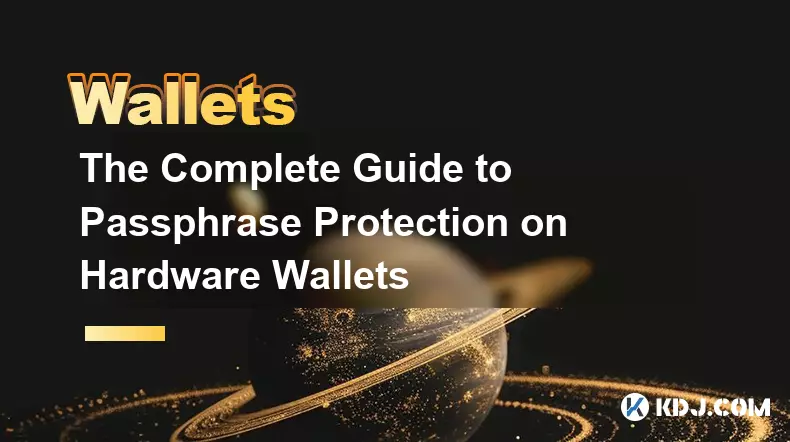
The Complete Guide to Passphrase Protection on Hardware Wallets
Nov 03,2025 at 10:37am
Understanding Passphrases in Hardware Wallets1. A passphrase, often referred to as a 25th word, adds an additional layer of security beyond the standa...
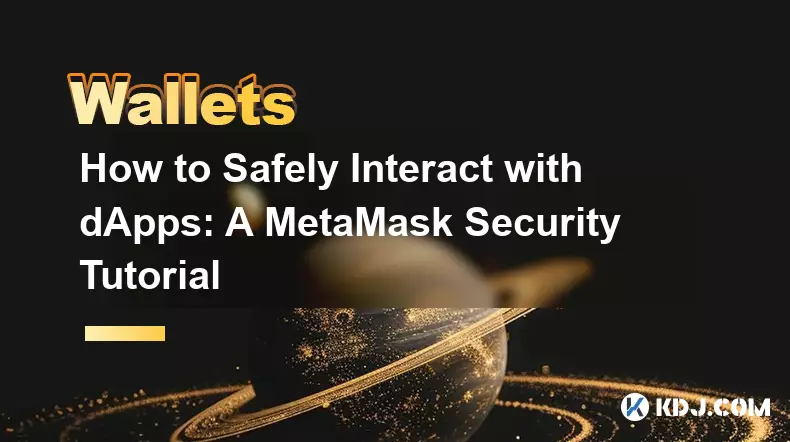
How to Safely Interact with dApps: A MetaMask Security Tutorial
Nov 04,2025 at 02:54am
Understanding dApp Interaction Risks1. Decentralized applications (dApps) operate on blockchain networks, enabling users to trade tokens, lend assets,...
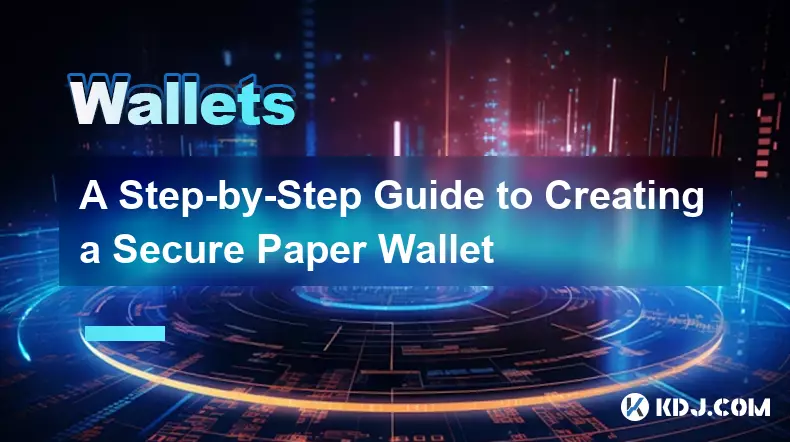
A Step-by-Step Guide to Creating a Secure Paper Wallet
Nov 05,2025 at 04:39am
Understanding the Basics of a Paper Wallet1. A paper wallet is a physical document that contains the private and public keys of a cryptocurrency addre...

Software Wallet Security Vulnerabilities You Need to Know
Nov 01,2025 at 11:37am
Common Exploits Targeting Software Wallets1. Phishing attacks remain one of the most widespread threats to software wallet users. Cybercriminals desig...
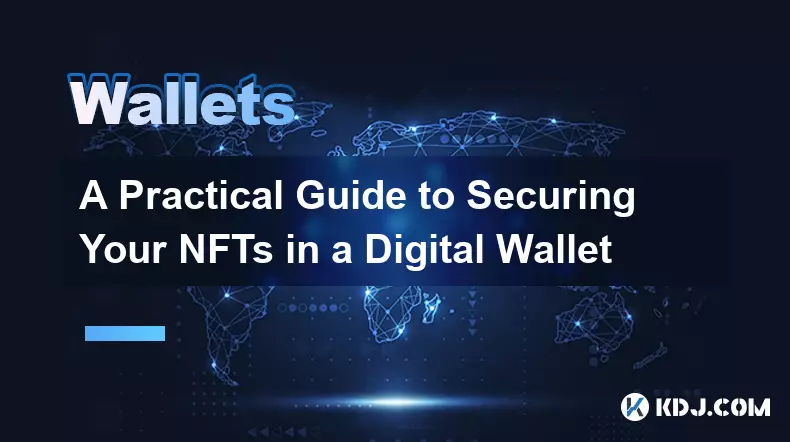
A Practical Guide to Securing Your NFTs in a Digital Wallet
Nov 03,2025 at 04:55am
Understanding NFT Wallet Security Fundamentals1. NFTs, or non-fungible tokens, exist on blockchain networks such as Ethereum, Solana, and Polygon, mak...

Reviewing Smart Contract Permissions: A Critical Security Step
Nov 01,2025 at 04:55pm
Understanding Decentralized Exchanges in the Crypto Ecosystem1. Decentralized exchanges (DEXs) have reshaped how traders interact with digital assets ...

The Complete Guide to Passphrase Protection on Hardware Wallets
Nov 03,2025 at 10:37am
Understanding Passphrases in Hardware Wallets1. A passphrase, often referred to as a 25th word, adds an additional layer of security beyond the standa...

How to Safely Interact with dApps: A MetaMask Security Tutorial
Nov 04,2025 at 02:54am
Understanding dApp Interaction Risks1. Decentralized applications (dApps) operate on blockchain networks, enabling users to trade tokens, lend assets,...

A Step-by-Step Guide to Creating a Secure Paper Wallet
Nov 05,2025 at 04:39am
Understanding the Basics of a Paper Wallet1. A paper wallet is a physical document that contains the private and public keys of a cryptocurrency addre...

Software Wallet Security Vulnerabilities You Need to Know
Nov 01,2025 at 11:37am
Common Exploits Targeting Software Wallets1. Phishing attacks remain one of the most widespread threats to software wallet users. Cybercriminals desig...

A Practical Guide to Securing Your NFTs in a Digital Wallet
Nov 03,2025 at 04:55am
Understanding NFT Wallet Security Fundamentals1. NFTs, or non-fungible tokens, exist on blockchain networks such as Ethereum, Solana, and Polygon, mak...
See all articles










































































